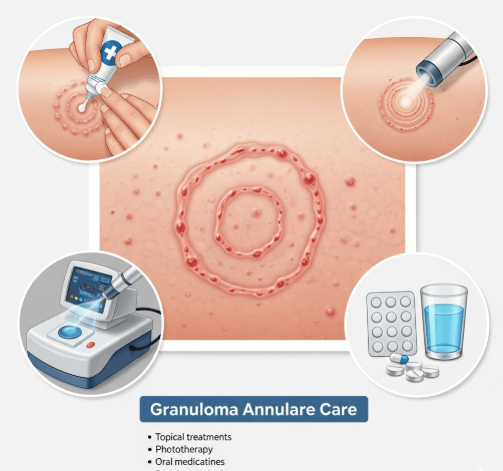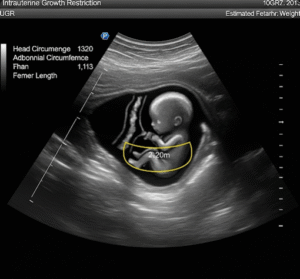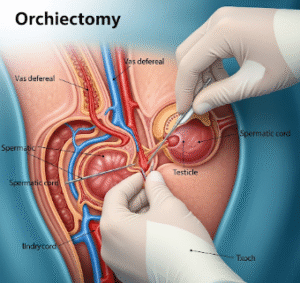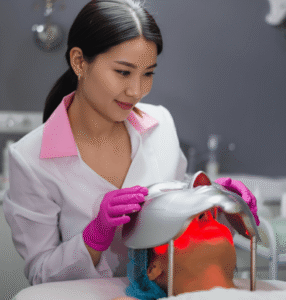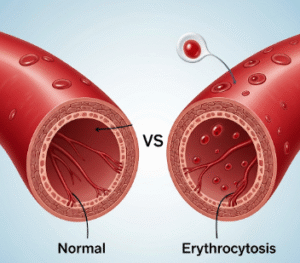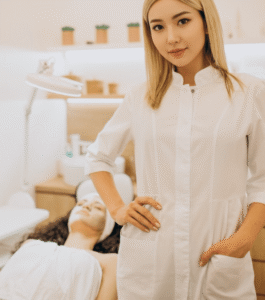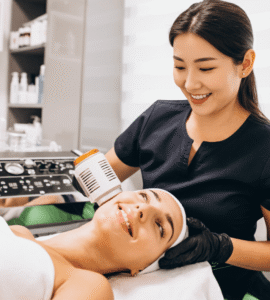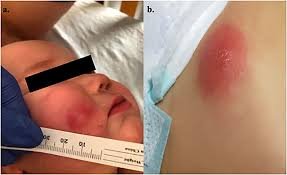What It Is
Defining Granuloma Annulare
→ Granuloma annulare (GA) is a chronic, benign skin condition that causes ring-shaped patches or raised bumps on the skin.
→ It occurs when the immune system causes inflammation in the skin’s dermis, leading to localized or widespread lesions.
→ While the exact cause is unknown, GA is often associated with autoimmune responses, diabetes, thyroid disease, or skin injury.
→ In Korea, dermatology clinics provide both medical treatments and cosmetic support therapies to manage symptoms and improve skin appearance.
Key Characteristics
- Circular or ring-shaped raised lesions
- Usually red, pink, purple, or skin-colored
- Commonly appears on hands, feet, elbows, knees, but may spread to other areas
- Can be localized, generalized, or subcutaneous
- Typically asymptomatic, but sometimes itchy or tender
Why It’s Done
Main Reasons for Seeking Care
➡ Cosmetic Concerns – Ring-shaped patches can be highly visible, especially on exposed areas.
➡ Discomfort – Some lesions may cause itching, tenderness, or burning.
➡ Chronic Nature – Although harmless, GA often persists for months to years without treatment.
➡ Underlying Health Concerns – Treatment may uncover or help monitor associated conditions like diabetes or thyroid issues.
➡ Emotional Relief – Improving skin appearance often boosts confidence and quality of life.
Alternatives
Non-Medical Options
- Observation → Many cases resolve on their own within months to years.
- Camouflage Makeup → Conceals visible patches temporarily.
- Moisturizers → Help reduce dryness and irritation.
Medical Alternatives
→ For patients seeking active treatment:
- Topical Corticosteroids → Reduce local inflammation.
- Intralesional Steroid Injections → Flatten stubborn lesions.
- Cryotherapy → Freezes small, localized patches.
- Laser Therapy → Targets pigmentation and lesion texture.
- Phototherapy (PUVA or NB-UVB) → Useful for widespread or generalized GA.
- Systemic Medications → Hydroxychloroquine, dapsone, or isotretinoin for resistant cases.
Preparation
Before Care and Treatment
➡ Dermatology Examination – A specialist evaluates lesion type, distribution, and severity.
➡ Biopsy – Sometimes performed to confirm diagnosis and rule out fungal infections or other skin diseases.
➡ Medical History Review – Screening for diabetes, thyroid disease, or autoimmune conditions.
➡ Allergy and Medication Review – Ensures safe prescription of steroids, immunosuppressants, or phototherapy.
➡ Expectation Setting – Patients are advised that GA often recurs and may require long-term monitoring.
How It’s Done
Common Treatment Methods in Korea
1. Topical Corticosteroids
→ First-line therapy for localized GA.
- Applied daily for several weeks.
- Helps reduce redness, swelling, and lesion size.
2. Intralesional Steroid Injections
→ Used for small but stubborn patches.
- Direct steroid injection into the lesion.
- Reduces inflammation and accelerates resolution.
3. Cryotherapy
→ Liquid nitrogen freezes and destroys affected tissue.
- Works best for small, isolated lesions.
- May cause temporary blistering.
4. Phototherapy
→ Narrowband UVB or PUVA light therapy is common in Korean dermatology clinics.
- Effective for generalized or widespread GA.
- Requires multiple sessions over several weeks.
5. Systemic Medications
→ Reserved for severe or resistant GA.
- Hydroxychloroquine, isotretinoin, dapsone, methotrexate may be prescribed.
- Monitored carefully due to potential side effects.
6. Laser Therapy
→ Fractional and pulsed-dye lasers used for pigmentation and redness control.
- Often combined with topical or injection therapies.
Recovery
Immediate Recovery
- Topical and Intralesional Steroids → May cause mild irritation, redness, or thinning with prolonged use.
- Cryotherapy → Healing occurs within 1–2 weeks with scabbing.
- Phototherapy → May cause mild redness or dryness after sessions.
- Systemic Medications → Require blood monitoring for long-term safety.
Long-Term Recovery
→ GA may resolve completely but has a tendency to recur in cycles.
→ With consistent care, patients achieve reduced lesion visibility, smoother skin, and longer remission periods.
→ Ongoing skincare routines with moisturizers and sun protection help maintain skin health.
Complications
Possible Risks
- Steroid Side Effects → Thinning of skin, stretch marks, or pigmentation changes with overuse.
- Cryotherapy Risks → Blistering, scarring, or hypopigmentation.
- Phototherapy Risks → Mild burning, premature aging with long-term use.
- Systemic Medication Risks → Eye changes (hydroxychloroquine), blood abnormalities (dapsone), liver or lipid issues (isotretinoin).
- Recurrence → Even after treatment, GA often returns, requiring ongoing care.
Treatment Options in Korea
Advanced Dermatology Practices
Korea is known for its integrated approach to skin disorders, blending medical treatments with cosmetic support.
Why Korea Excels in GA Care
➡ Accurate Diagnosis – Korean dermatologists use dermatoscopy and biopsy to confirm GA and exclude similar conditions.
➡ Cutting-Edge Phototherapy – Korean clinics widely use NB-UVB and excimer laser therapy.
➡ Combination Treatments – Doctors often combine steroids, cryotherapy, and laser therapy for stubborn cases.
➡ Cosmetic Integration – Clinics also offer scar camouflage, laser pigmentation correction, and skin rejuvenation.
Popular Uses in Korea
- Localized GA – Treated with topical steroids, injections, or cryotherapy.
- Generalized GA – Managed with phototherapy or systemic medications.
- Cosmetic Concerns – Laser therapy and camouflage makeup for aesthetic improvement.
- Chronic or Recurrent GA – Ongoing monitoring and tailored treatment plans.
Patient Experience in Korea
- Most treatments are outpatient-based and require minimal downtime.
- Patients receive personalized care plans with skincare guidance.
- Clinics emphasize safe, minimally invasive options first, moving to stronger therapies only if needed.
- Korea’s combination of medical dermatology and cosmetic expertise ensures both effective management and improved appearance.
Conclusion
Granuloma annulare care in Korea is a comprehensive, patient-centered process that addresses both the medical and cosmetic aspects of this condition.
With options ranging from topical therapy and injections to phototherapy and advanced laser treatments, Korean dermatology clinics provide safe and effective management.
Although GA often recurs, Korea’s focus on long-term care, cosmetic improvement, and underlying health monitoring ensures patients achieve better skin health and confidence.
For those struggling with GA, Korea offers some of the most advanced, integrated, and reliable dermatology care worldwide.

